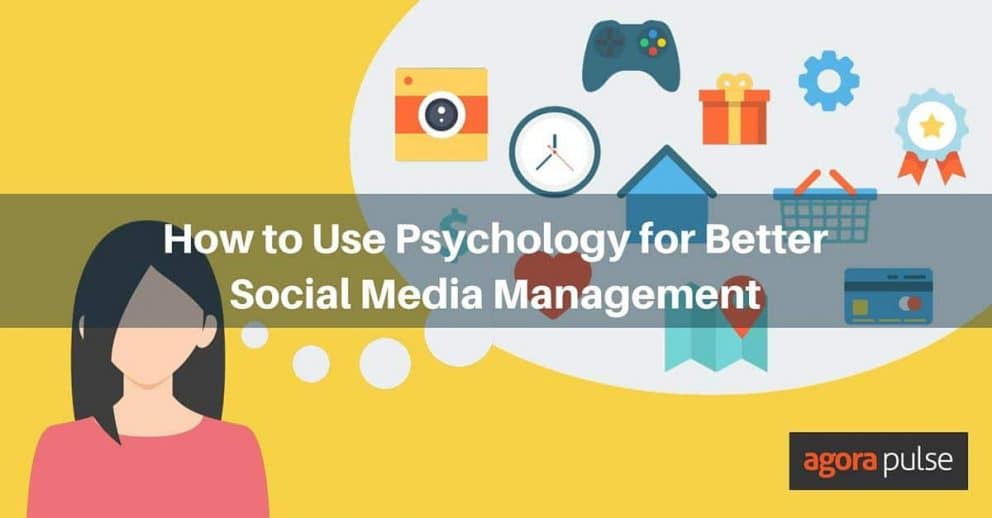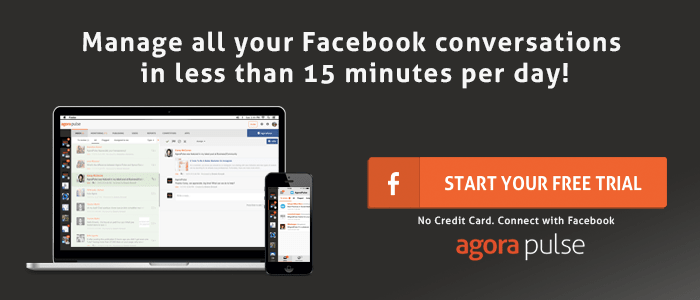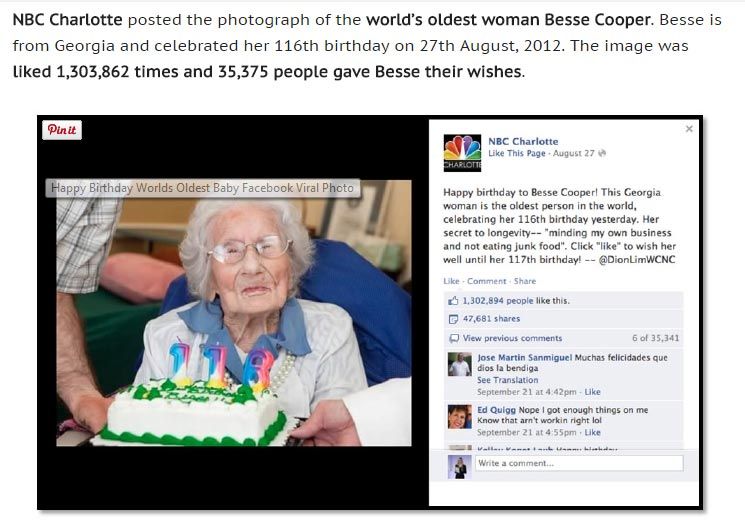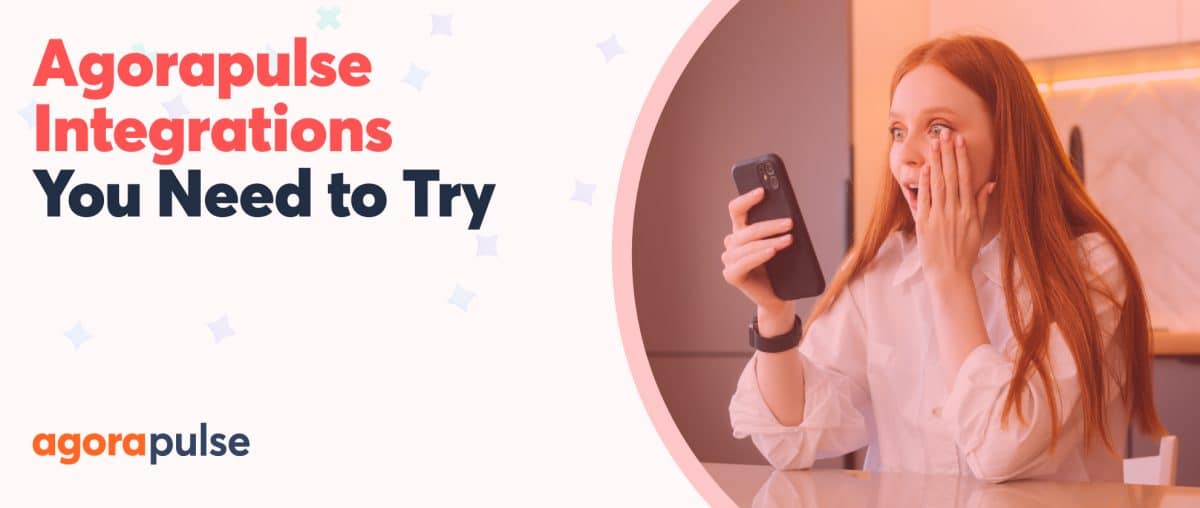Understanding the psychological reasons why people use social media and why they take specific actions is of paramount importance to marketers.
The more you know about psychology, the more you can achieve with your social media management content.
In this article, I’ll tell you why people behave the way they do on their favorite social networks and how you, as a marketer, can tap into it for better campaign results.
- Why do we post things on social media?
- Why do we like things on social media?
- Why do we share on social media?
Science Behind Social Media Behavior
Social media behavior is rooted in chemistry. According to this study, our brains produce dopamine, which is stimulated by new information and unpredictability (eg: your social media news feed)!
Our brains also produce oxytocin, referred to as “the cuddle chemical” as it’s released when you hug … kiss … or tweet!
Paul Zak, a neuro-economist at Claremont Graduate University, measured the levels of oxytocin in a journalist’s blood before and after he used Twitter for ten minutes.
The journalist’s oxytocin levels went up to the same degree that a groom’s did just prior to getting married, and his stress hormones, such as cortisol, went down as well, according to Natural Society.
Related Post: Social Media Management
Why Do We Post Things on Social Media?
Research conducted by Brunel University suggests that insecure people regularly post updates to garner attention to distract them from their insecurities.
Egotists meanwhile tend to post about their achievements to get the boost of likes and comments, reinforcing their sense of self.
Psychology lecturer Dr. Tara Marshall said: “It might come as little surprise that Facebook status updates reflect people’s personality traits.”
So, it’s likely that people who post the least or HEAVEN FORBID don’t have social media accounts may be the ones who are happiest with their own lives not needing approval, validation, or praise from others.
But people who post selfies are more likely to exhibit what some psychologists call “the dark triad” of personality traits, which include narcissism and psychopathy. (The proof comes from two recent studies of nearly 1,200 participants who completed personality tests and answered questions surrounding their online behavior.)
A study even exists that says people who constantly take gym selfies might suffer from a psychological disorder.
[Tweet “What’s the psychology behind all those gym selfies? “]
Takeaway
Each industry will have its own typical demographic following. For example, the fitness and beauty industry is likely to attract more “selfie users” than a government-industry.
Get to know your own demographic by encouraging follower participation. Run split tests to see which campaigns garner the highest interactions and then tap into that need.
Why Do We Like Things on Social Media?
Most people are social creatures needing to interact with others daily. In fact, it is good to be social.
Loneliness and isolation can cause a myriad of actual health problems, including depression, raised blood pressure, sleep disorders and even raised suicide levels, according to Psychology Today.
But social media “liking” is more than simply being sociable. Since the dawn of Facebook in 2004, “liking” posts has become second nature for most of us … but why do we do it?
According to Facebook:
“Like” is a way to give positive feedback or to connect with things you care about on Facebook. You can like content that your friends post to give them feedback or like a Page that you want to connect with on Facebook.
What our like means
Research shows that 44% of Facebook users “like” content posted by their friends at least once a day, with 29% doing so several times per day.
A “like” or “retweet” is a fairly lazy way of giving your nod of approval without committing to discussions or notifications. You’re showing your agreement and participating with minimal effort.
A matter of social proof
Among people who are less secure (particularly teens), the number of likes is also an indication of your validity, popularity, and worth in society.
A recent interview on CNN with a 15-year-old tells us how teenagers often change their profile picture if they fail to get 200 likes.
With page likes, we see “social proof” in play.
Social proof, the phenomenon of being influenced by those around us into taking an action is a very powerful marketing tool.
From a young age we are conditioned to be in the “popular group” and to know “important people” and to conform to society’s expectations. So, if all your friends like a cool new page, you’ll probably like it, too.
Takeaway
Marketers can tap into social proof by showing sponsored posts to “friends of fans” to persuade them to like your page or buy your product.
Using contests such as those offered by Agorapulse, you can easily encourage participants to share with their friends and therefore create a social ripple effect through liking.
Related Post: 3 Hashtag Search Tools That Are Crazy Easy to Use
Why Do We Share on Social Media?
Perhaps the most important matter to understand in marketing terms is why we share on social media.
A CoSchedule survey discovered that users share for the following reasons:
- 49% to be entertained, inform others and change opinions
- 68% to define ourselves and tell others who we are
- 84% to support a cause we care about
- 69% to feel more involved in social communications
- 78% to stay connected with other people
So, then what are people sharing? Kissmetrics recently looked at the most popular types of Facebook posts and they fit into the above percentages.
For example, inspirational memes tell others who we are and who we want to be. Funny memes help us to feel involved in social communications through likes, shares, and comments.
My experience tells me that the top three most shareable post types are…
- Informational
- Humorous
- Heartwarming
Remember: Your followers need to connect with your content to share it. (Very few will do so purely out of loyalty to your brand.)
Takeaway
Strive for high-quality, unique, relevant, and aspirational information that is highly shareable.
Using images will help you, too, as posts with photos see the highest engagement accounting for 87% of all Facebook interactions.
Quick Psychology and Social Media Facts
- 62% of people confess they feel better about themselves when people react positively to what they post on social media.
- 45% of people feel worried or uncomfortable when unable to access their networks.
- Psychopathic men post more selfies than anyone else, according to Psychology Today.
So here’s a challenge from me to you. This week, pay attention to your social media actions—why you upload a photo, why you like a post, why you retweet and why you comment.
Be honest with yourself. Even if it isn’t easy, you might just find that in turn, this makes you a more empathetic and relevant marketer for your brand.
* * *
Sign up now for a FREE demo.






